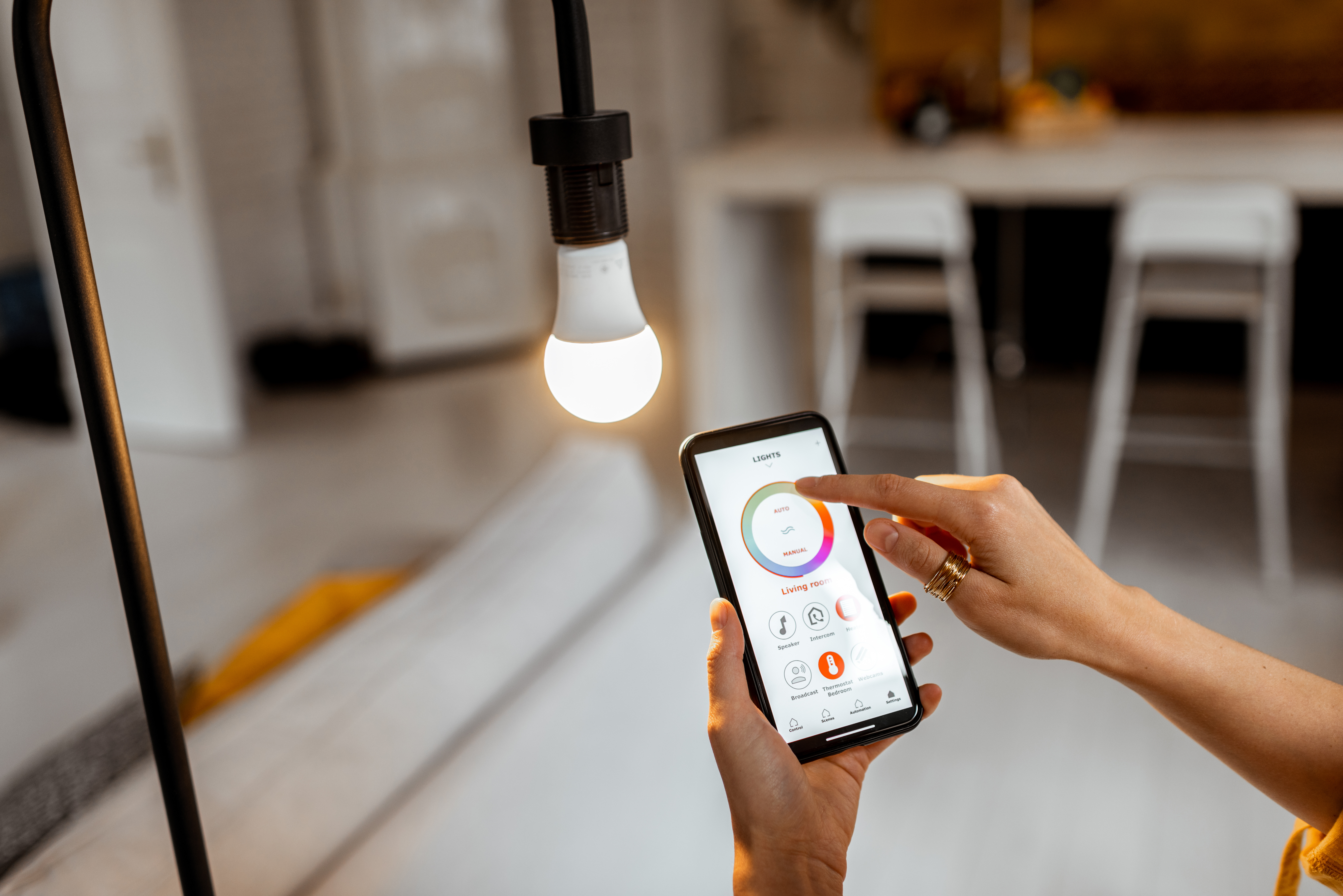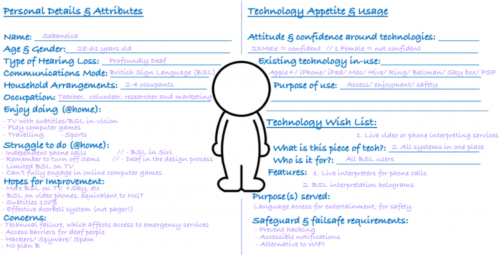Article
People with Hearing Loss and Connected Home Technologies
By Dr Kruakae Pothong
PETRAS took a first step to understand the needs and expectations of people with special requirements, starting with those with hearing loss, in their engagement with Internet of Things (connected devices) in their domestic environment.
Key publication: ‘Living with Hearing Loss in a Connected Home’ [pdf] white paper (2020)
A workshop to understand the landscape
A workshop on the 29th October 2019 received interest and representation from a broad range of stakeholders, including technology developers, researchers, representatives of various UK groups for people with hearing loss (both the profoundly deaf and hard-of-hearing and cochlear implant users), as well as some individual end-users with hearing loss.
Kruakae Pothong led the workshop design, building on deliberation and value sensitive design, with the support of Claire Milne, a PETRAS Associate and LSE Visiting Senior Fellow, and Sarah Turner, a STEaPP Digital Technology and Public Policy MPA graduate. The workshop opened with participants sharing their experiences of technology in domestic life and the adjustments made to support various types of hearing loss. Participants were then asked to collectively define what they find problematic about their experience.
This was followed by a presentation of a technology solution for specific forms of hearing loss being developed by an industry stakeholder and further examples of connected technology for people with hearing loss. These examples served as prompters for further discussion about the kinds of connected technology that would address the challenges participants identified. To capture participants’ concepts of deaf-friendly connected technologies, we asked participants in each of our three break-out groups to co-create a persona and one or two technology concepts for this persona.
How to make connected technologies inclusive and accessible to all
Resulting from the workshop are three personas, with different types of hearing loss and technology concepts. These concepts highlight a strong value and expectation for interoperability across all domestic appliances and consumer connected devices. The deliberative exercises also revealed opportunities for mainstream connected device developers to raise their standing in deaf and hard of hearing markets, by improving their accessibility features as well as making these features more discoverable and easier to set up. According to Action on Hearing Loss, 12 million people in the UK are d/Deaf[1] or hard of hearing, and many more might choose to use features like captioning. Overall, the workshop activities have sparked interests among technology developers, deaf charities and researchers to work more closely together to make connected technologies more inclusive and accessible to all.
The common goal for tech-interventions articulated in the workshop, irrespective of demographic factors and types of hearing loss, is to achieve smoother, more independent, dynamic, secure and private communication both with people and with devices predominantly developed by and for the hearing majority.
Four key challenges for people with hearing loss and their engagement with IoT technology
The significant differences for those with hearing loss are in the priority and acuteness of requirements, as well as the severity of consequences of absence or failure or malfunctioning of the technologies that people with hearing loss rely on.
- Dependency (on technology and hearing people)
- Limited agency or internal sense of control
- Communication barriers
- Exclusion
Priorities for technology intervention and development for people with hearing loss
From the workshops emerge three technology development priorities for people with hearing loss:
Specialist technologies:
- Hearing aids with directional sound features and connectivity with phones
- Live captioning, subtitling and/or live video BSL interpretation, including a signing “daemon” or “avatar”
Mainstream technologies:
- Adaptive Home Hub: A device that links all the household appliances, senses their operation, and translates signals of completed tasks, alerts and alarms into (for example) vibrations or flashing lights, with different modes for when users are asleep and awake, as well as easy transitions between them.
The concept of the adaptive home hub echoes the appetite of people with hearing loss for improved accessibility of mainstream smart domestic appliances. Many such appliances are already in the homes of people with hearing loss though lacking fit-for-purpose accessibility features. This highlights opportunities for developers and manufacturers of these appliances to raise their standing in d/Deaf and hard of hearing markets. This is achievable through designing in sensors and interoperability between domestic appliances and mobile phones or wearables as well as house lighting systems to enable adaptive notification of complete tasks (e.g. washing machine), alerts (e.g. doorbell) and alarms (e.g. smoke alarm). The idea of an adaptive home hub could also be extended to support the development of ‘smart’ assistive living that supports users with hearing loss – a condition developed by many in the aging population – as well as other types of disability.
Like smart homes for the hearing majority, careful consideration is vital to understand safeguard and failsafe requirements of people with hearing loss and other types of disabilities. Deep understanding is needed concerning users’ behaviours, technical skills and knowledge that shape use of these solutions. These findings build on those of the PETRAS-BRE IoT in the Home Demonstrator project which derived insights into safeguards and failsafe requirements for hearing occupants, including a recommendation for connected devices and systems to be set by default to revert back to manual (rather than smart) mode, as a contingency plan in the case of technology failure.
A short play presented by The Bloomin’ Buds Theatre Company portrays key findings from the workshop on Smart Homes. The deaf actor in the play, Sufyaan, echoed his hope for a more inclusive technology world through his performance: “I want to have access. I want the d/Deaf community to access barriers and carry on, and then know it’s doable and they can break these barriers”.
Outputs
The ‘Living with Hearing Loss in a Connected Home’ [pdf] white paper (2020) provides insights into the requirements and expectations of people with hearing loss in engagement with connected devices at home, derived from a questionnaire and a stakeholder workshop, and supported by relevant literature. The paper details challenges facing people with hearing loss in engagement with connected technologies and identifies priority areas for technology intervention and development.


